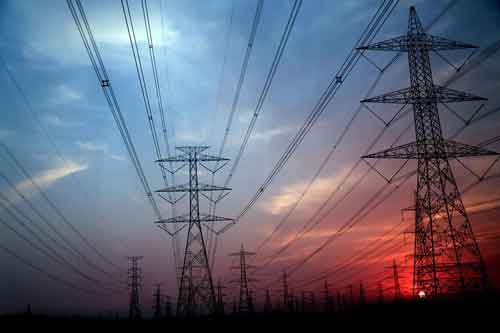Minnesota Signs Deal With Manitoba Hydro
WINNIPEG -- - The Minnesota Public Utilities Commission has unanimously approved a $1.7 billion power export deal with Manitoba Hydro.
It allows Minneapolis-based Xcel Energy to import power from Manitoba Hydro, despite the objections of aboriginal groups.
The 500-megawatt, 10-year deal was given the go-ahead.
It's an extension of an existing deal and will allow power to be exported until 2015.
Approval by Canada's National Energy Board is pending.
The Minnesota decision is a blow to the Pimicikamak Cree Nation of Cross Lake, Manitoba. They had asked the commission to first call a formal hearing into the social and economic impact of historic hydro development on their homeland.
Related News

As Alberta electricity generators switch to gas, power price cap comes under spotlight
CALGARY - Alberta Energy-Only Electricity Market faces capacity market debate, AESO price cap review, and coal-to-gas shifts by TransAlta and Capital Power, balancing reliability with volatility as investment signals evolve across Alberta's grid.
Key Points
An energy market paying generators only for electricity sold, with AESO oversight and a price cap guiding new capacity.
✅ AESO reviewing $999 per MW-h wholesale price cap.
✅ UCP retained energy-only; capacity market plan cancelled.
✅ TransAlta and Capital Power shift to coal-to-gas.
The Kenney government’s decision to cancel the redesign of Alberta’s electricity system to a capacity market won’t side-track two…




